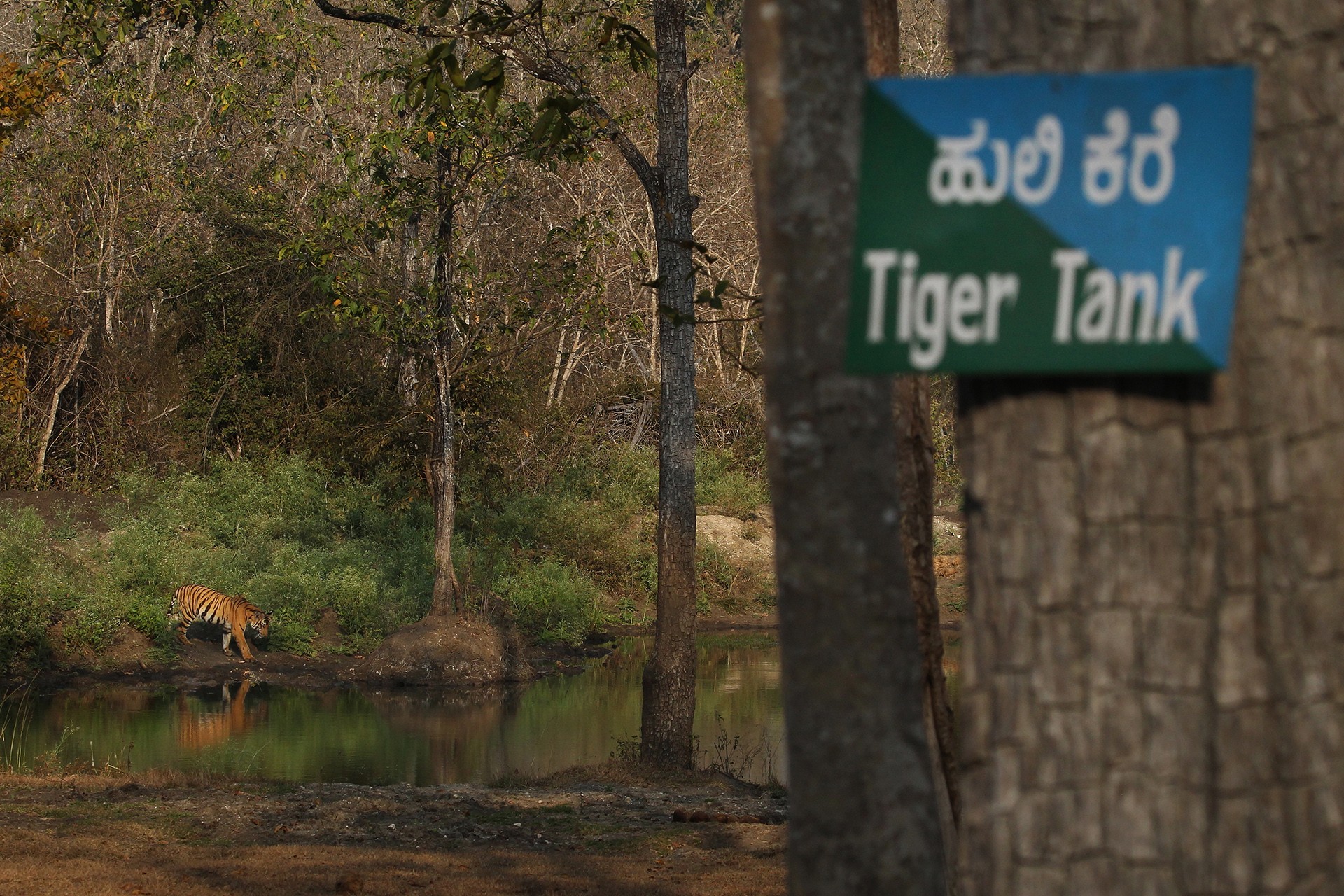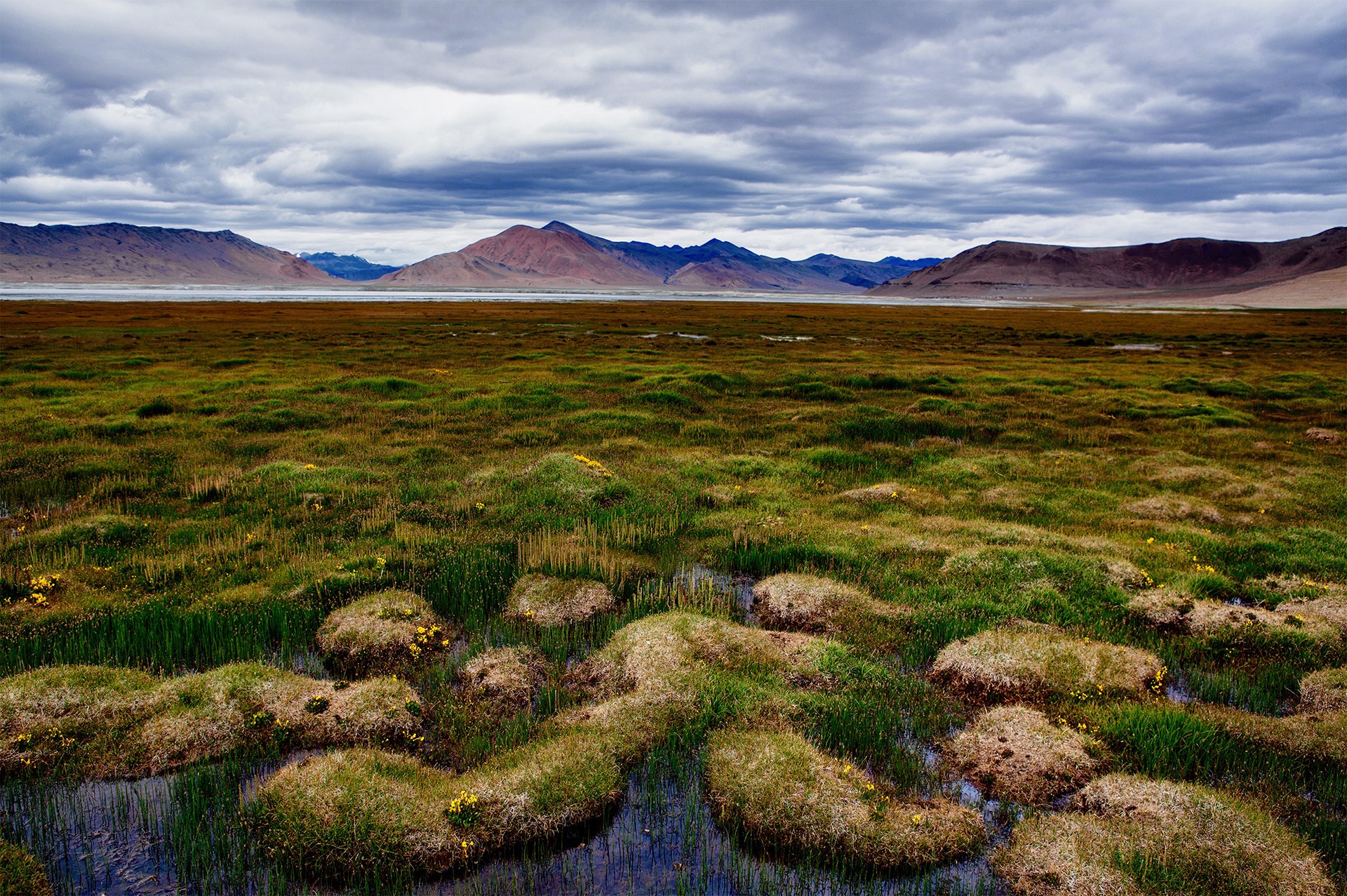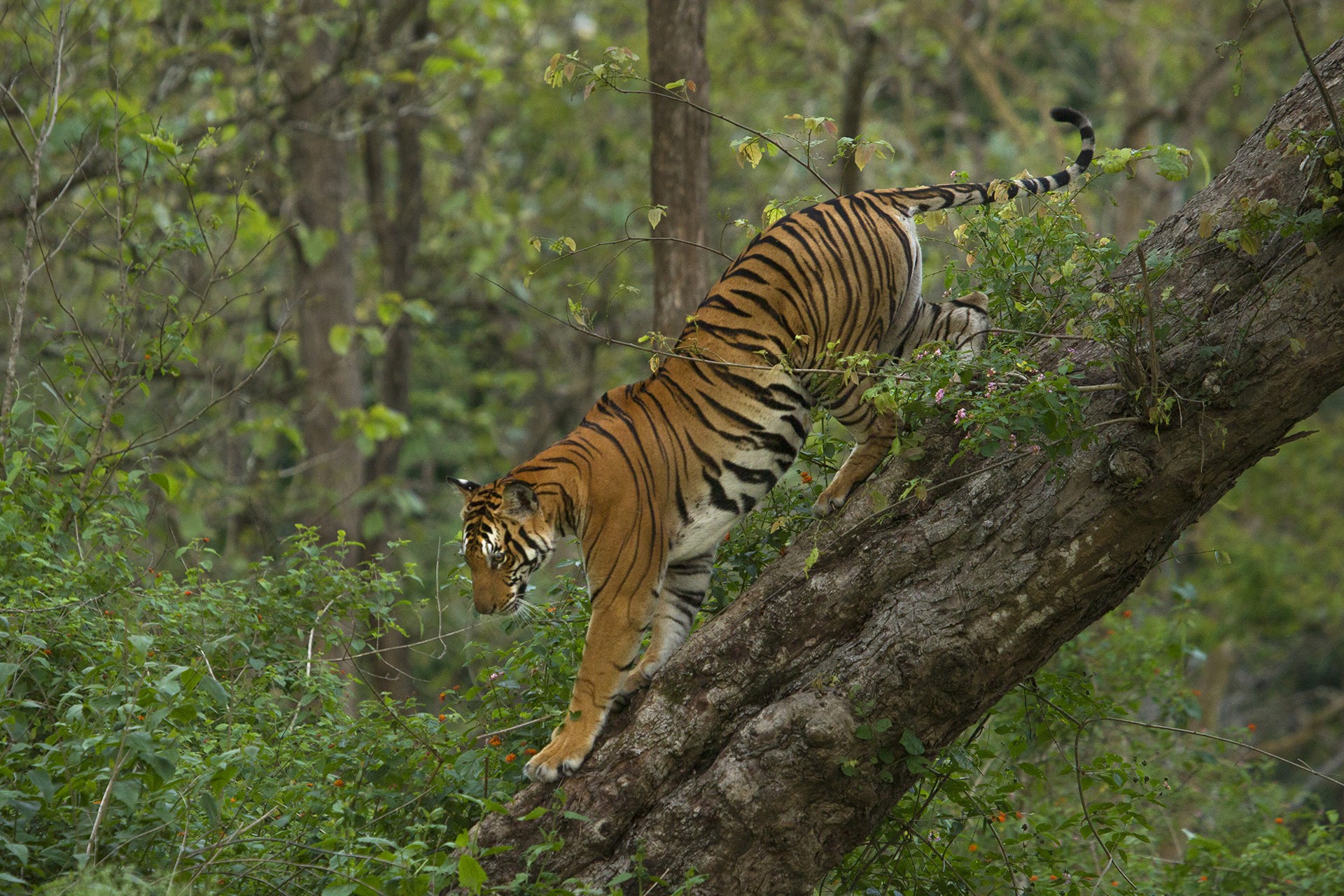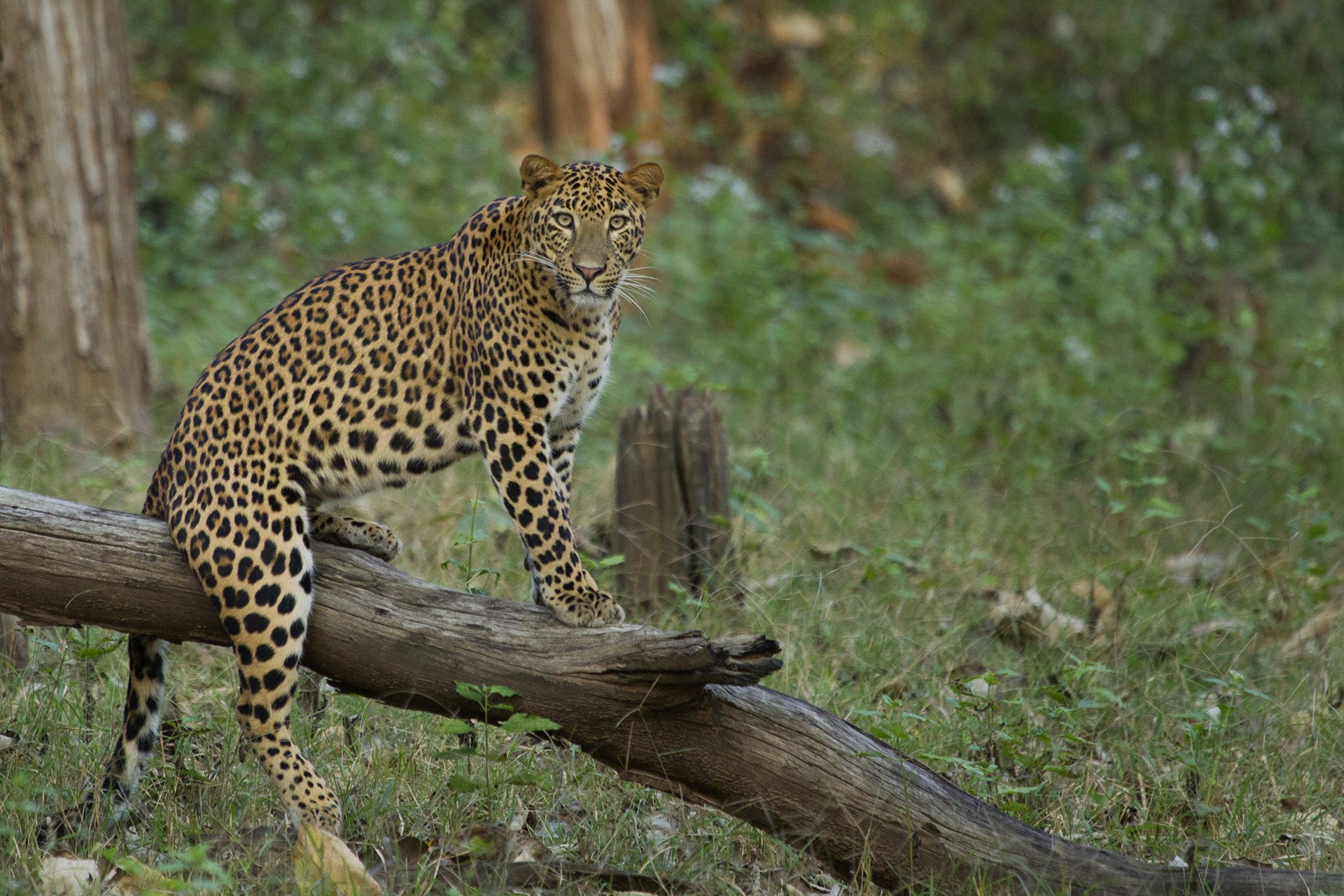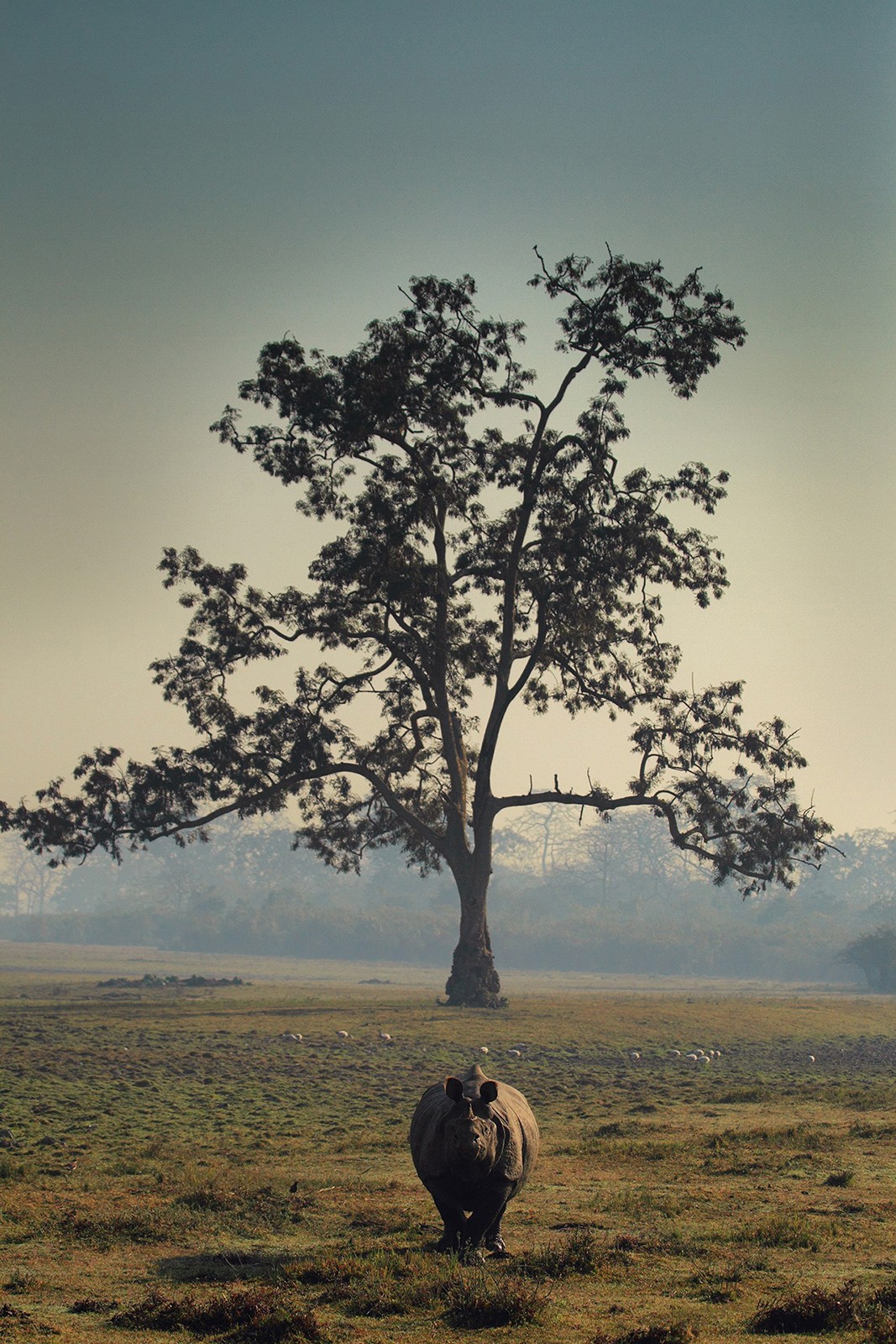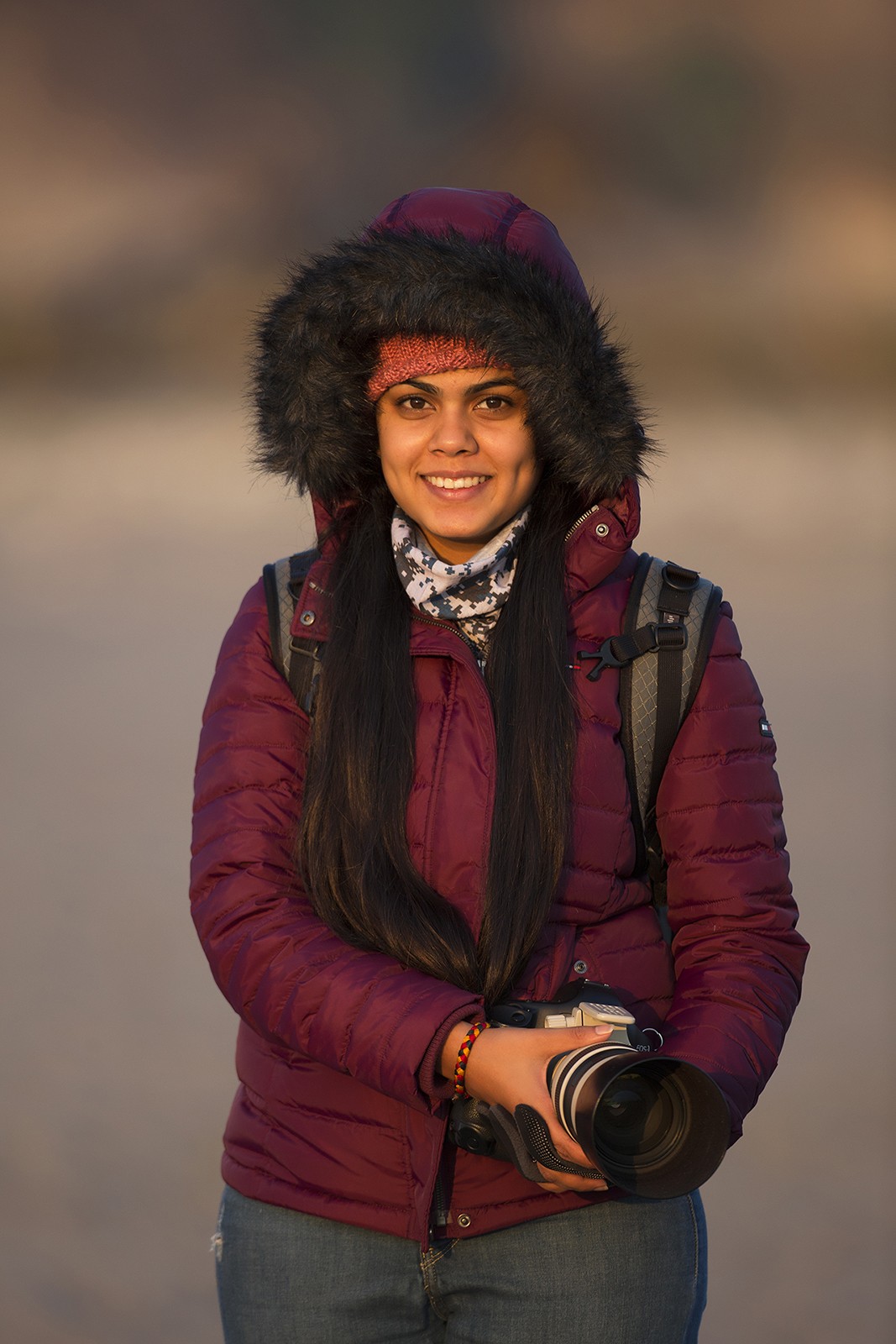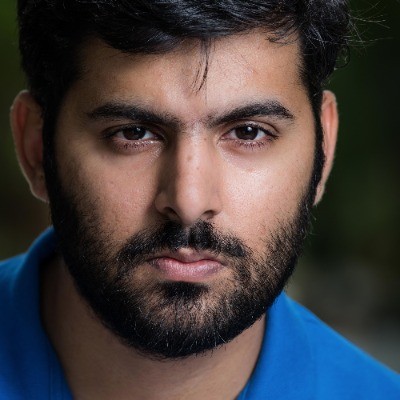Sanjana Raj represents a promising turning of tide in the field of wildlife photography. Her out-of-the-box compositions of much-photographed wildlife reflect the fresh new creativity younger photographers are bringing to the fore. Like so many fields, this one, too, has been rather male-dominated, but photographers like her are out to change that.
Raj's regular explorations of Karnataka’s forests have led to images that have won praise from organisations such as Saevus and Wildlife of India, as well as Nature inFocus, where she spoke at the photography festival last year.
We get to know her a little better.
Many of your images stray from the norm of close-up wildlife portraits, with your most interesting compositions highlighting the habitat of the subject. Could you tell us more?
I have been photographing wildlife for the last 10 years, but for the first 5-6 years I was really just making repetitive images, a left or a right-facing profile of a tiger and so on. At some point, I wanted to break the monotony, and began experimenting with techniques like slow shutter speeds and zoom burst. Close-up images of wildlife will always be popular but they’re nothing different. But images that are creative, tending towards fine art, make one start to think, and that’s what I’d like people to do when they see my images.
You have been exposed to Karnataka’s wilds from an early age, thanks to your father, Vijay Mohan Raj, currently the Chief Conservator of Forests, Karnataka. How has this shaped your growth as a wildlife photographer?
To be honest, my dad didn’t always gave me the privilege to visit all these forests along with him and in a way, this was good, because I was exposed to the difficulties any regular safari-goer has to go through. I have never walked in any of the major reserves such as Bandipur or Kabini; my only opportunity to experience these forests has been through a jeep safari like others, which I have undertaken many times. The only areas my father took me to were Kudremukh and Bhimgad. He has been instrumental in creating the passion I have for the wild. In fact when I was small I was extremely scared to handle cameras because I considered myself clumsy, and I was not even comfortable in forests and used to find excuses not to go. But my father always encouraged me and instilled confidence in me.
You have photographed Karnataka’s forests, especially Kabini, quite extensively. What do you think drives visitors, especially photographers here?
Kabini is always rewarding. A person who goes there always comes back with an experience to remember. Every trip I make to Kabini, I try to make images that are different from those of my previous trips. For example, during one of my last visits, I photographed a tiger climbing a tree, something that’s quite unusual for the animal. Of course, these days, Kabini has become a hotspot for photographing the black panther currently roaming in the tourism zone.
But many people who come to Karnataka only end up going to the popular reserves, Bandipur and Kabini key among them. Not everyone knows of the BR Hills, for example. There are actually many small sanctuaries in north Karnataka that have diverse wildlife, like Ganeshgudi in Dandeli which is a favorite among bird photographers. Bhimgad is another lesser-known reserve where the landscape – dense evergreen forest interspersed with grasslands – is totally different from the likes of Bandipur. In drier parts of the state, near Hampi for instance, there’s the Daroji Bear Sanctuary, superb for seeing sloth bears. People don’t frequent these regions much, but they have a lot to offer.
Let’s talk about your photograph of the rhinos from Kaziranga. At the NiF festival, you mentioned that it’s very easy to be overwhelmed when you see an animal you have been longing to catch sight of, and let your ‘photography guard’ down. How do you maintain discipline when out on the field?
I have only begun to develop this mindset in the last few years. For instance, when I took the image of that rhino, it was thanks to my experience from earlier jungle visits that I anticipated that the rhino would walk up to the tree in the frame and thankfully, it did just that. As an amateur photographer, I have had to learn patience because in the heat of the moment when you start taking shots of the animal as soon as you see it, you might well miss the more memorable frames, because your camera’s buffer is still catching up to all the shots being taken. The patience to wait for the right shot has only come with time.
Why don’t we hear of women wildlife photographers in India that often? What are the barriers women face in taking this up as a hobby?
I think there are many women photographers but they do face the same barriers women do entering other fields here as well. Even now, when I go to college, I call my mother to tell her that I have reached safely. So this fear, this lack of the sense of safety, is one of the barriers preventing women from travelling alone. I have travelled to Kabini alone, but I know my parents would have had their heart in their mouths the entire time I was driving, alone on Indian roads. This is different when travelling abroad where there is still a sense of safety. And this is not just limited to wildlife photography, it could be street, travel, any form of photography, women are scared of exploring freely. I too feel that fear. So that’s why I believe there are a lower number of women photographers. Times are changing though, and there are more women joining the field.
Sanjana Raj showcased her work at the Nature inFocus Festival, 2017. If you missed it, or would like to listen to her talk about wildlife photography, here it is.
